GEOFFREY ANSEL AGRONS
Portraiture’s Power to Penetrate the Human Soul

Geoffrey Agrons © All rights reserved.
“I was well into my career as a pediatric diagnostic radiologist when a peculiar realization dawned. In the mid-1990s, my primary work was creating and delivering lectures using diagnostic images of the human body archived at the Department of Radiologic Pathology of the Armed Forces Institute of Pathology in Washington, D.C. My desk was awash in photographs of radiographs, CT scans, ultrasound examinations, MR images, and the correlative gross and microscopic specimens of the diseases they depicted. My task was to organize the teaching material into coherent lectures for an intensive 6-week course in Radiologic-Pathologic Correlation attended by radiology residents throughout the country.
I came to recognize that I was as intrigued aesthetically by the images and the story they told as I was the underlying science of medicine.
I picked up a camera in 2006 and began to explore the world beyond the darkened radiology reading room and lecture hall. Photography became an essential tool for exploring a new emotional vocabulary as I sought an alternative to the deductive and analytical thinking that was the foundation of my career in medicine. In the process, I found respite in feeling rather than thinking.
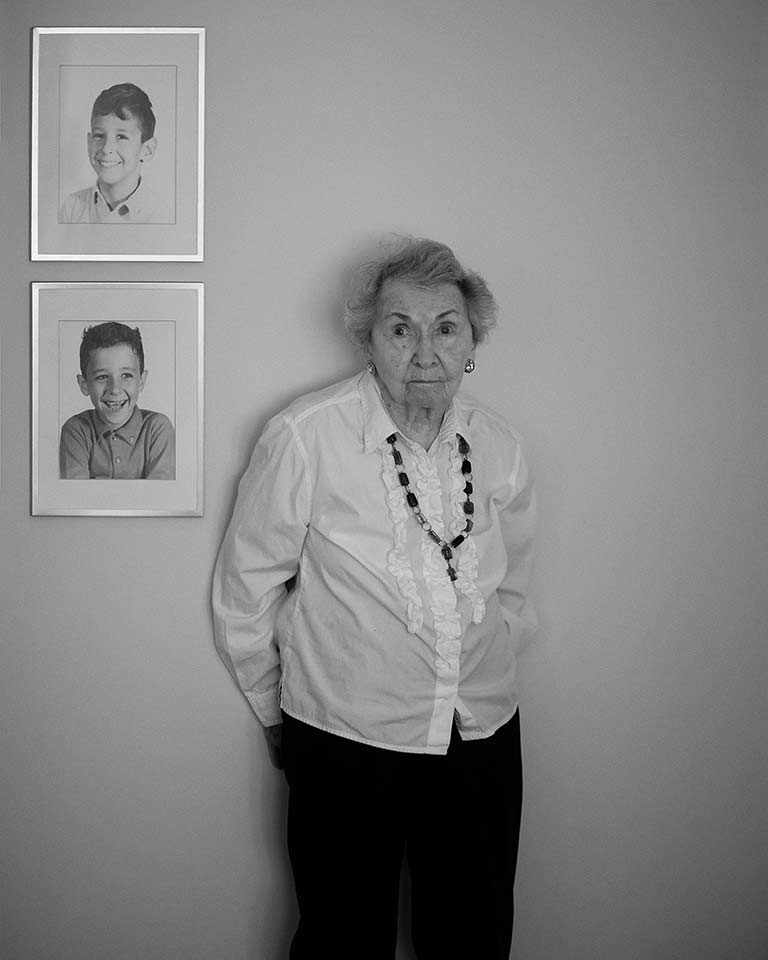
Portrait of Rita and Her Sons
Geoffrey Agrons © All rights reserved.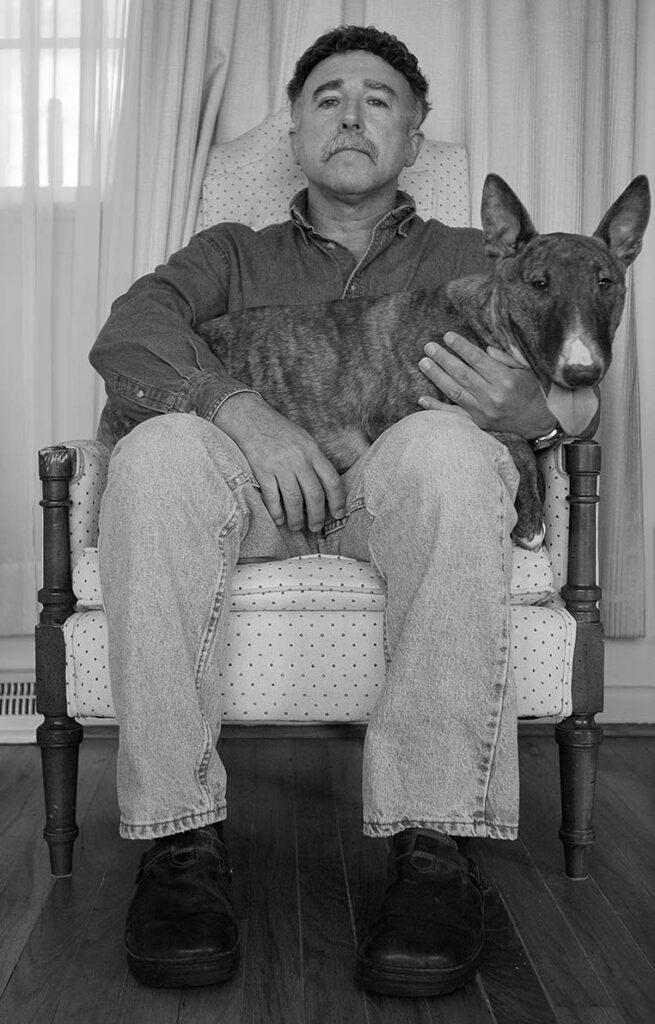
My Brother Joshua and Gracie, 2011
Geoffrey Agrons © All rights reserved.
I am drawn to subjects that leave an inchoate emotional residue-that haunting suspicion that we may have forgotten something important in our inattention to the sensual realm. The portrait is new territory for me. Until recently, I had been preoccupied with the tension between human populations and the natural world and concentrated on landscape and seascape photography.
Increasingly I appreciate that portraiture is as much an exploration of transition and impermanence as the land-sea interface, each a sort of pentimento-a layering of the present moment over the past.”
– GEOFFREY ANSEL AGRONS
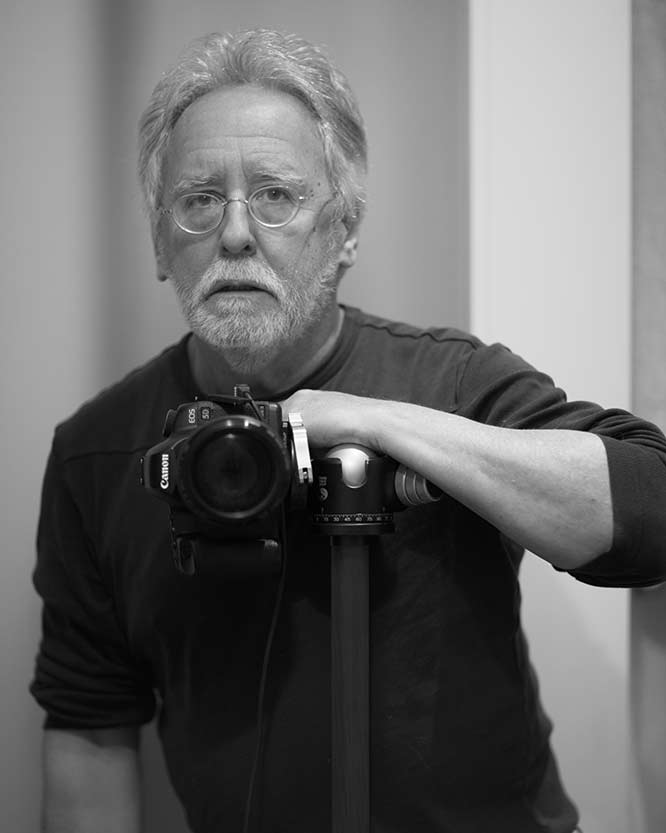
GEOFFREY ANSEL AGRONS
Geoffrey Ansel Agrons is a Philadelphia-based artist who graduated from the Richard Stockton State College in Pomona, New Jersey, and the University of Medicine and Dentistry of New Jersey Medical School in Newark, New Jersey. His photographs have been exhibited in multiple venues throughout the country as well as Tokyo since 2008 and have been included in several international publications. His work is in the permanent collection at The Center for Fine Art Photography in Fort Collins, Colorado, and The Wittliff Collections at Texas State University, San Marcos, Texas.

House Proud, 2019
Geoffrey Agrons © All rights reserved.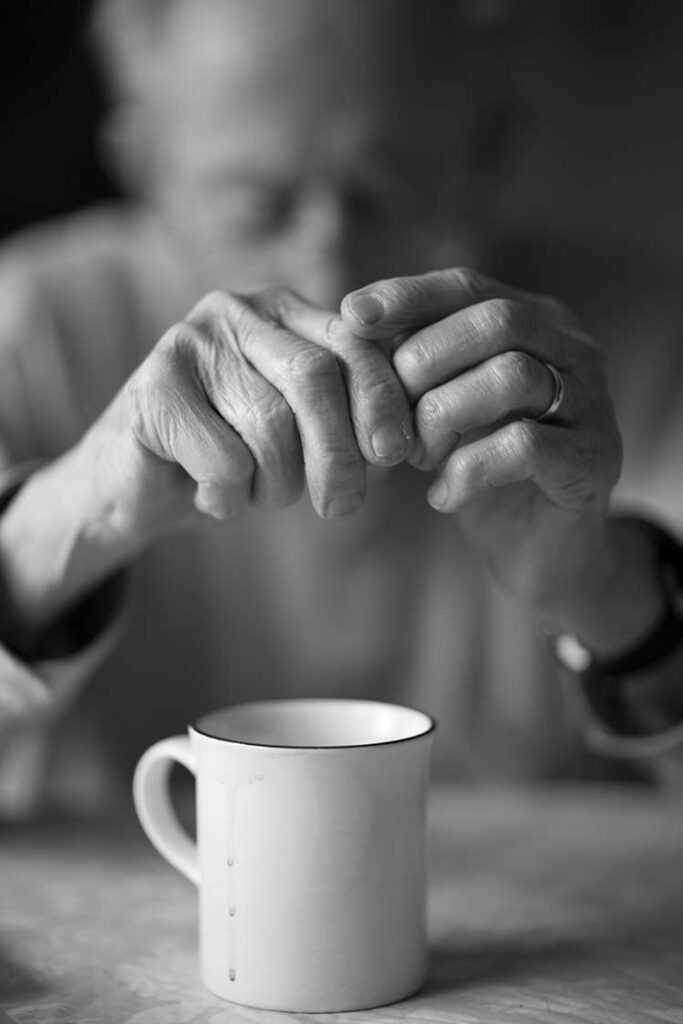
Incantation (My Father), 2014
Geoffrey Agrons © All rights reserved.
In her polemic On Photography, Susan Sontag argued that the proliferation of images in the modern era fostered a passive “chronic voyeuristic relation” to the world around us. As a diagnostic radiologist, I spent my workdays interpreting “photographs” of the human interior. Each study was approached as a puzzle with a potential solution, and each analysis was a quest for certainty. Through concise language in a written report, I sought to minimize ambiguity. The images were presumed to hold meaning for the patient and their physician, which often resulted in intervention on the patient’s behalf. In this narrow sense, at least, Sontag was wrong.
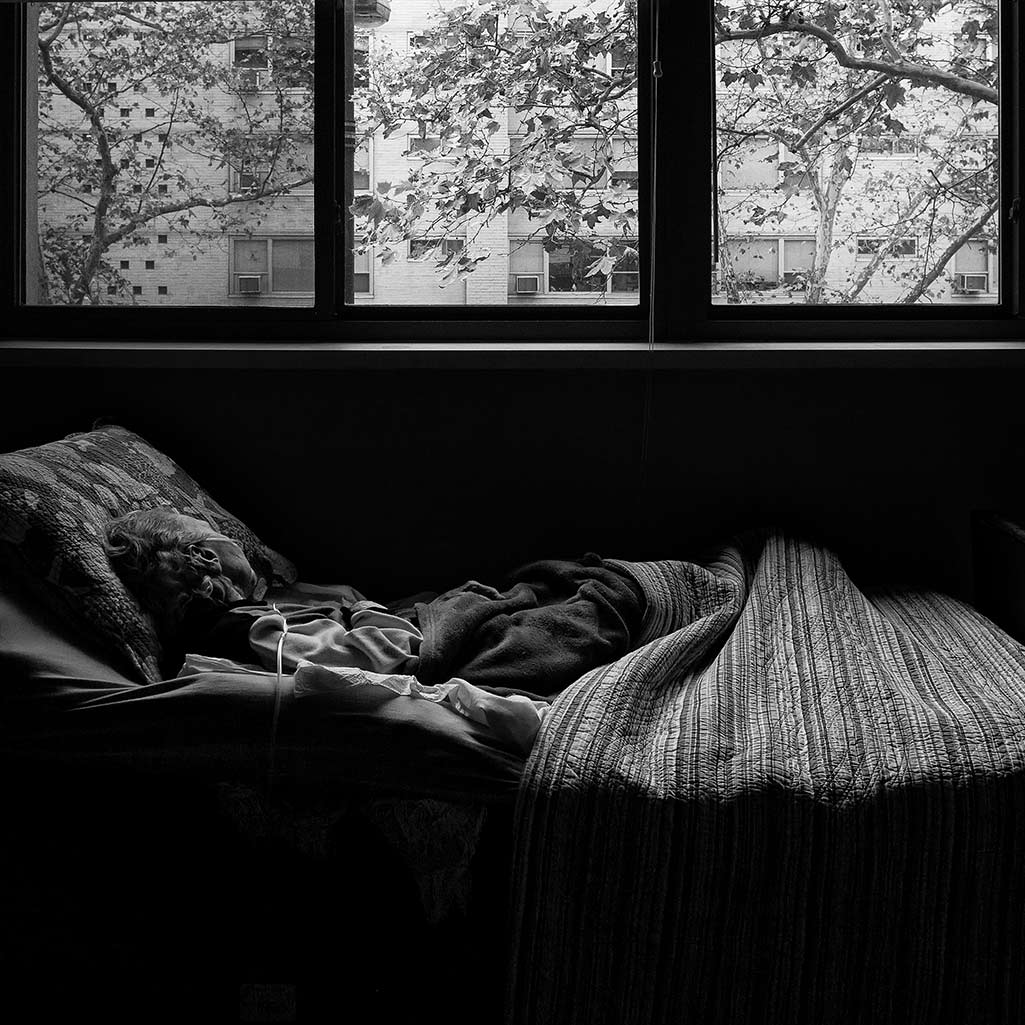
Geoffrey Agrons © All rights reserved.
In time I came to recognize that an unspoken aesthetic appreciation of diagnostic images was deeply entwined with the rigor of anatomic analysis, logic, and problem-solving. But I grew interested in a different relationship with photography, one that separated an immediate emotional response from vigilant interpretation. So I acquired a camera and began to explore the world beyond the darkened radiology reading room. The still camera became my modality of choice for affective diagnostic imaging. In the process, I found respite in feeling rather than thinking.
The uneasy coexistence between human populations and the natural world interests me as a photographer.
I am intrigued by transition and impermanence and favor material that leaves an inchoate emotional residue-that haunting suspicion that we may have forgotten something important in our inattention to the sensual realm. So I suppose most of my photographs are Memento Mori (although I’ve come to think of them as melancholy graphs).

